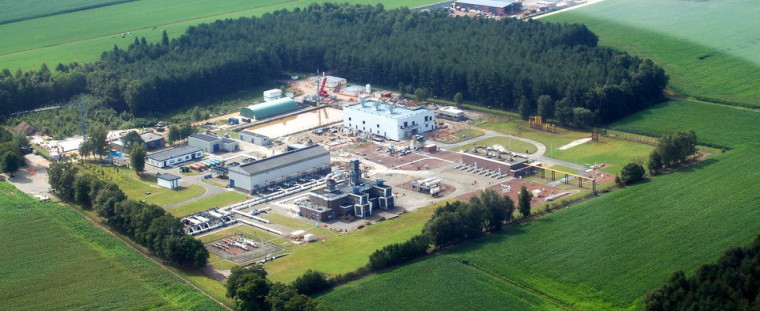
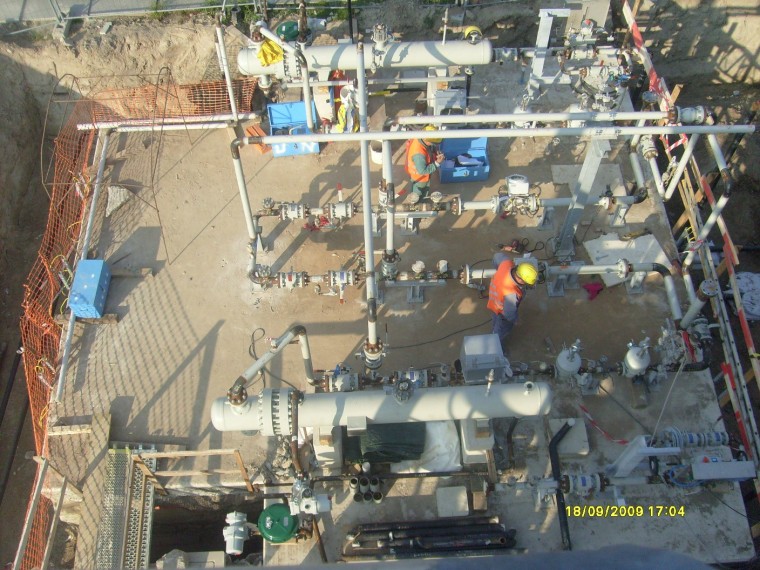
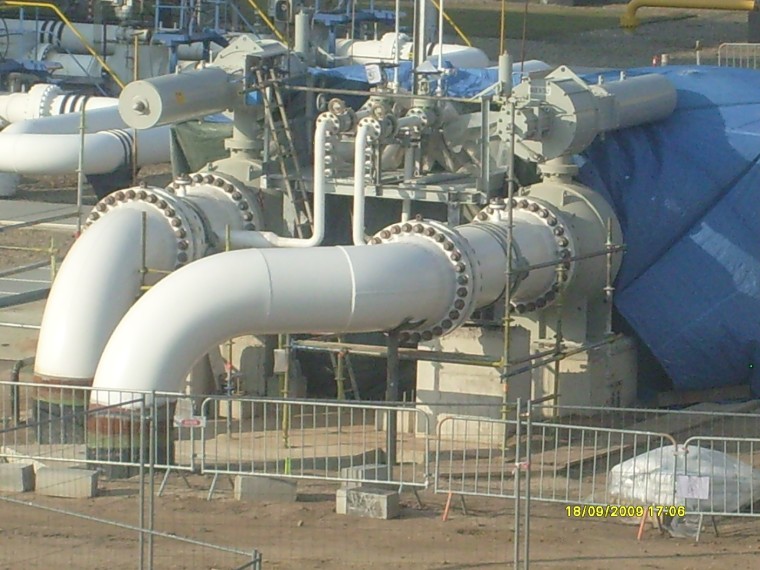
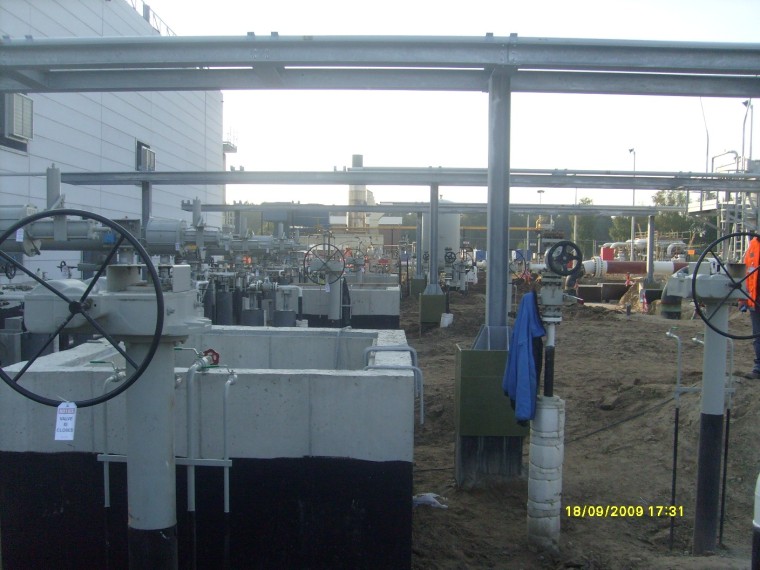
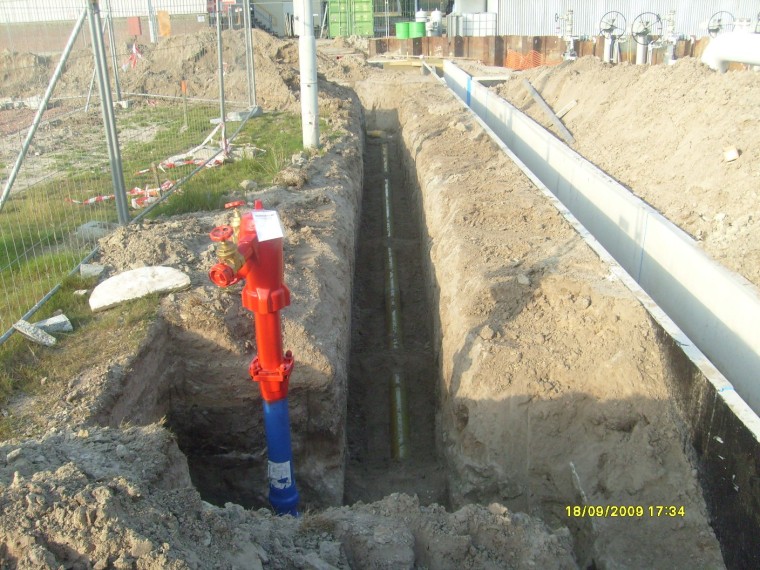
Subject: Weelde – Gas Compression Station
Location: Weelde – Belgio
Year: 2008 – 2009
Client: Fluxys
Project Description
The Welde compression station serves the natural gas network which supplies Belgium, to make up for the losses that build up along the delivery system. The network crosses the whole country, from Poppel, located on the northwest border with Netherlands, to Blaregnies, on the Southeastern border with France.
The Main contractor, who was responsible for the enlargement of the compression station, assigned the engineering of the fire extinction system to TRILLINI Engineering.
The first part of the activity consisted in the drafting, on the client’s behalf, of the technical specification detailing the requirements and the overall architecture of the different Fire & Gas detection and Fire Extinguishing Systems, which could guarantee the correct level of protection against fire risks.
The technical specification outlined the design constraints to be respected in the supply of the following systems:
The second phase of the work consisted in:
Moreover, the engineering of the fire compartmentalization of a portion of the buildings was studied, in order to guarantee a fire resistance of 120 minutes. In particular, the fire resistance was achieved by encapsulating with insulating material all the openings intended for air intake and for accommodating the Fire & Gas Dampers.
Features:
- Design temperatures: -20°C ÷ +37°C
- Directives and regulations: CEA – NFPA – EN – NBN
- ATEX – Zone 0
- Use of intrinsically safe instrumentation
- Management of insurance authorization

